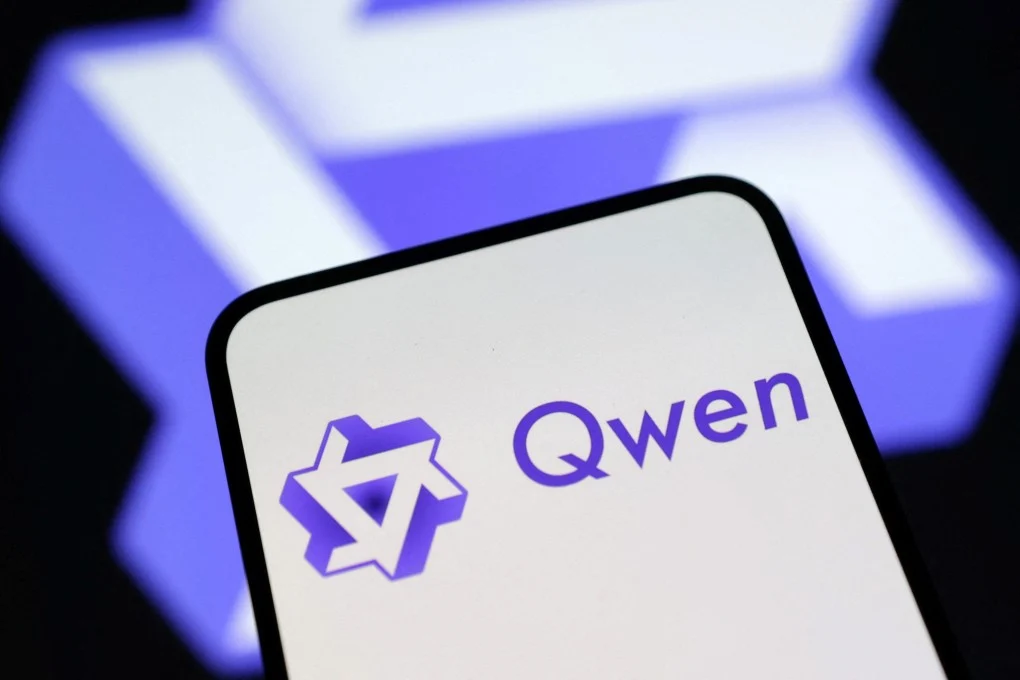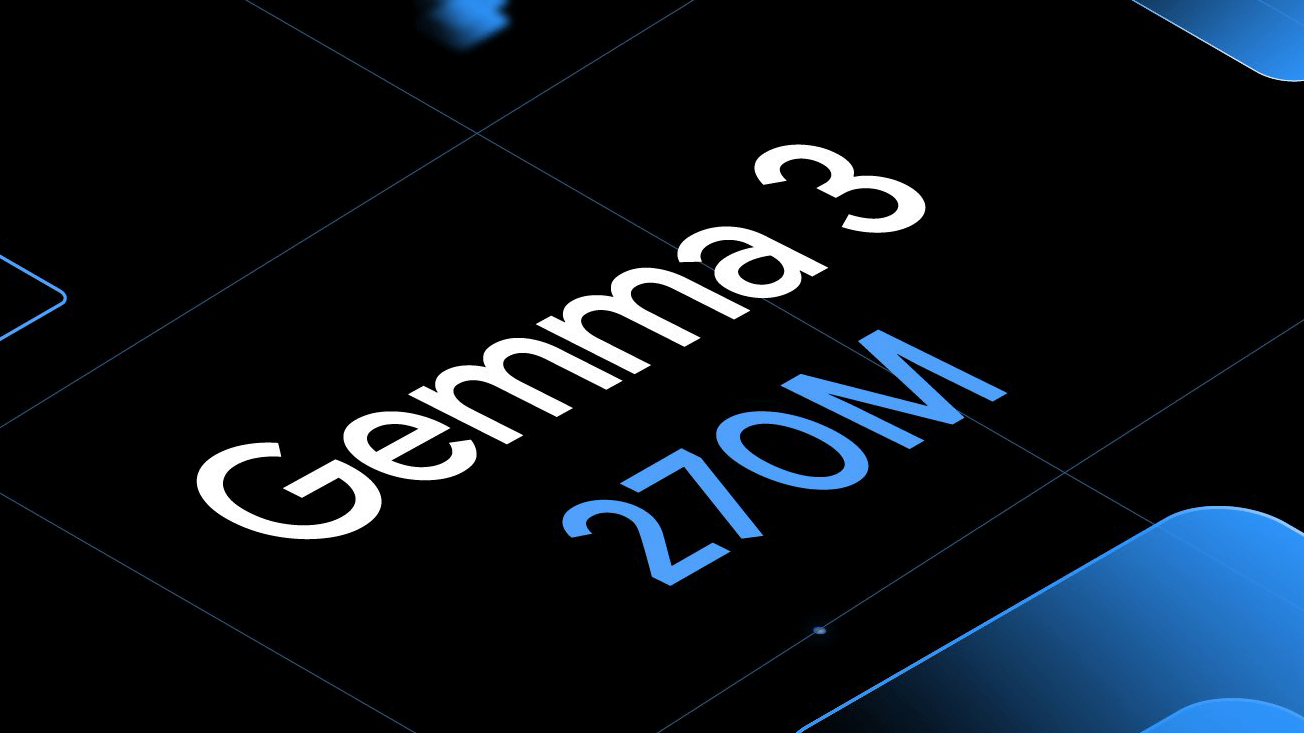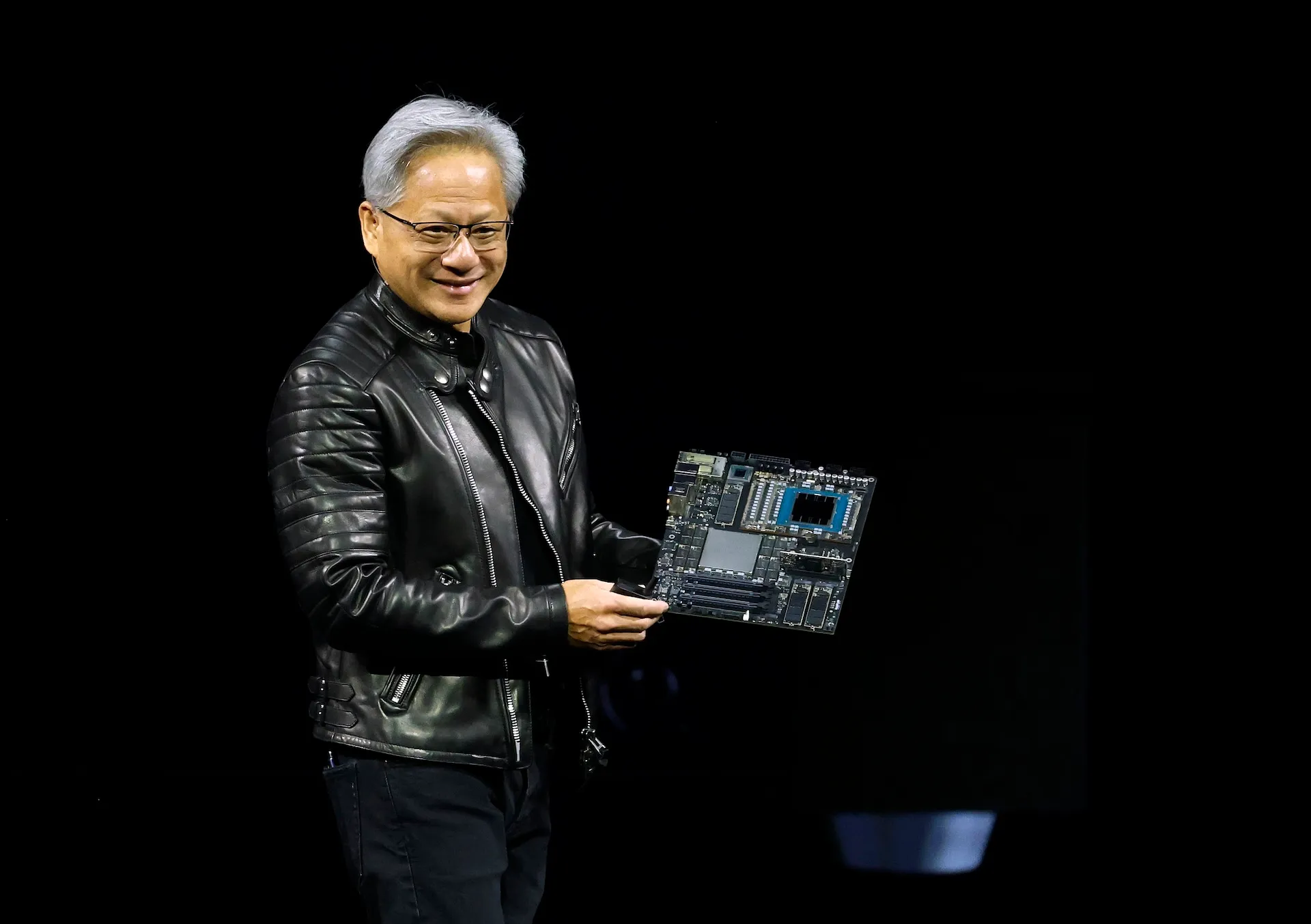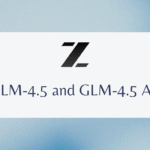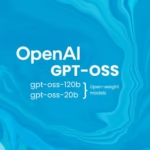Superintelligence News – The AI battlefield just intensified. On April 29, 2025, Alibaba Group made a bold move in the global AI race by launching Qwen 3, a family of large language models (LLMs) engineered to redefine reasoning, multilingual intelligence, and developer empowerment. This release not only reaffirms Alibaba’s commitment to open-source AI development but also signals a fierce challenge to current frontrunners like OpenAI’s GPT-4, DeepSeek’s R1, and Google’s Gemini.
With Qwen 3, Alibaba is betting on hybrid reasoning—a concept that blends symbolic logic with neural inference—to build AI models that aren’t just fluent, but analytically smart and globally usable.
What Is Qwen 3? A New Breed of Multimodal, Multilingual AI
The Qwen 3 family includes several new models with a spectrum of sizes designed for flexibility and scalability. The flagship, Qwen3-235B-A22B, is a behemoth with 235 billion parameters, out of which 22 billion are active during typical usage. The model is constructed using a mixture-of-experts architecture, which activates only a subset of experts per task, making it more computationally efficient while retaining performance.
Other members of the Qwen 3 family include:
- Qwen3-72B
- Qwen3-32B
- Qwen3-7B
- Qwen3-4B
These models can operate on a range of devices and support tasks from code generation to multilingual dialogue, making them adaptable for both research and enterprise use. The Qwen3-72B model, for example, outperforms even GPT-4-turbo on various academic and professional benchmarks.
Crucially, all Qwen 3 models support 119 languages and dialects, targeting a truly global user base and offering substantial improvements in cross-lingual comprehension and translation—a growing necessity for international businesses and developers.
Benchmark Comparison: Qwen 3 vs. GPT-4, Gemini 2.5 Pro, and DeepSeek R1
| Benchmark | Qwen3-235B-A22B | Gemini 2.5 Pro | DeepSeek R1 | OpenAI o1 |
|---|---|---|---|---|
| ArenaHard | 95.6 | 96.4 | 93.2 | 92.5 |
| AIME’24 (Math) | 85.7 | 88.1 | 83.9 | 82.3 |
| LiveCodeBench | 70.7 | 72.5 | 68.4 | 67.9 |
| CodeForces Elo | 1982 | 1995 | 1970 | 1965 |
| GPQA | 65.8 | 66.2 | 64.5 | 63.9 |
Hybrid Reasoning: Smarter, Not Just Bigger
What truly sets Qwen 3 apart is its hybrid reasoning architecture. Instead of relying solely on deep learning pattern recognition, Qwen 3 incorporates:
- Symbolic logic pathways for precise deduction
- Step-by-step task decomposition
- Dynamic attention mechanisms that prioritize relevant information for a given context
This makes Qwen 3 uniquely suited for mathematics, scientific research, programming, and enterprise analytics, where brute-force text prediction often fails.
On the LiveCodeBench benchmark, the Qwen3-32B model outperformed OpenAI’s o1 model, showcasing practical application superiority, particularly in tasks that require reasoning beyond simple text matching or pattern completion.
Benchmark Performance: Taking on the Titans
Alibaba has not been shy about pitting Qwen 3 against the best. In benchmark evaluations:
- Qwen3-235B-A22B achieved competitive performance with DeepSeek-R1, OpenAI’s GPT-4o, and Google Gemini 2.5 Pro
- Qwen3-72B matched and in some areas surpassed GPT-4-turbo
- Qwen3-32B dominated code reasoning and execution tasks
These results were publicly shared in detailed charts on the official Qwen blog, reflecting transparency and an effort to validate performance claims.
Fully Open Source: The Apache 2.0 Advantage
In a move that underscores Alibaba’s openness strategy, the entire Qwen 3 family is released under Apache 2.0—one of the most permissive and business-friendly licenses. This puts powerful models directly into the hands of:
- Independent developers
- Academic researchers
- Enterprises seeking customizable LLMs
The models are available through multiple deployment platforms, including:
- Qwen Chat Web
- Mobile apps
- Cloud providers like Fireworks AI, ModelBest, and LangCloud
This open-source positioning contrasts sharply with the closed approach of major competitors like OpenAI and Anthropic, and aligns Alibaba more closely with the strategies of Mistral AI and Meta’s Llama series.
Strategic Context: Battling for AI Dominance in China
The timing of Qwen 3’s release is no coincidence. The Chinese AI sector is in a state of rapid acceleration, with startups like DeepSeek gaining notoriety for producing high-quality, cost-efficient models. In response:
- Baidu launched Ernie 4.5 Turbo and Ernie X1 Turbo
- Alibaba pushed Qwen 3 into the spotlight, armed with public benchmarks and open access
This arms race is about more than just models—it’s about AI sovereignty, global influence, and who gets to set the standards for enterprise-grade AI.
Applications and Use Cases
With hybrid reasoning and multilingual support, Qwen 3 is already being explored in diverse sectors:
- Healthcare: for diagnostics and medical literature synthesis
- Finance: for multilingual data analysis and algorithmic trading
- Education: as a multilingual tutor capable of cross-domain reasoning
- Software Engineering: offering advanced code generation, debugging, and system design suggestions
Its availability on platforms like LangCloud and Fireworks AI ensures it can be deployed rapidly across cloud-native applications and integrated into enterprise systems.
Conclusion: A Strategic Power Play from Alibaba
With Qwen 3, Alibaba is not just participating in the LLM race—it is setting the pace in several key areas: hybrid reasoning, multilingual access, and open-source availability. By combining academic rigor with developer pragmatism, Qwen 3 is more than a new model—it’s a new playbook for AI innovation.
As enterprises look to diversify their AI strategies beyond U.S.-centric offerings, Qwen 3 may well become the preferred choice for organizations seeking power, control, and customization—especially across the Asia-Pacific and Global South.
To explore Qwen 3, visit the official GitHub repository or experience it firsthand on the Qwen Chat platform.

